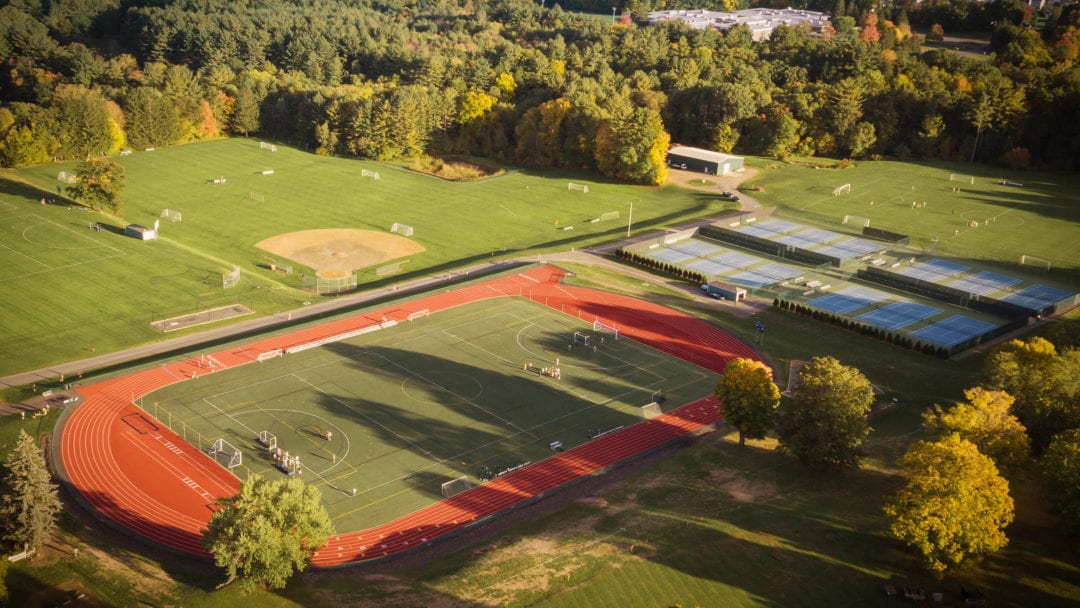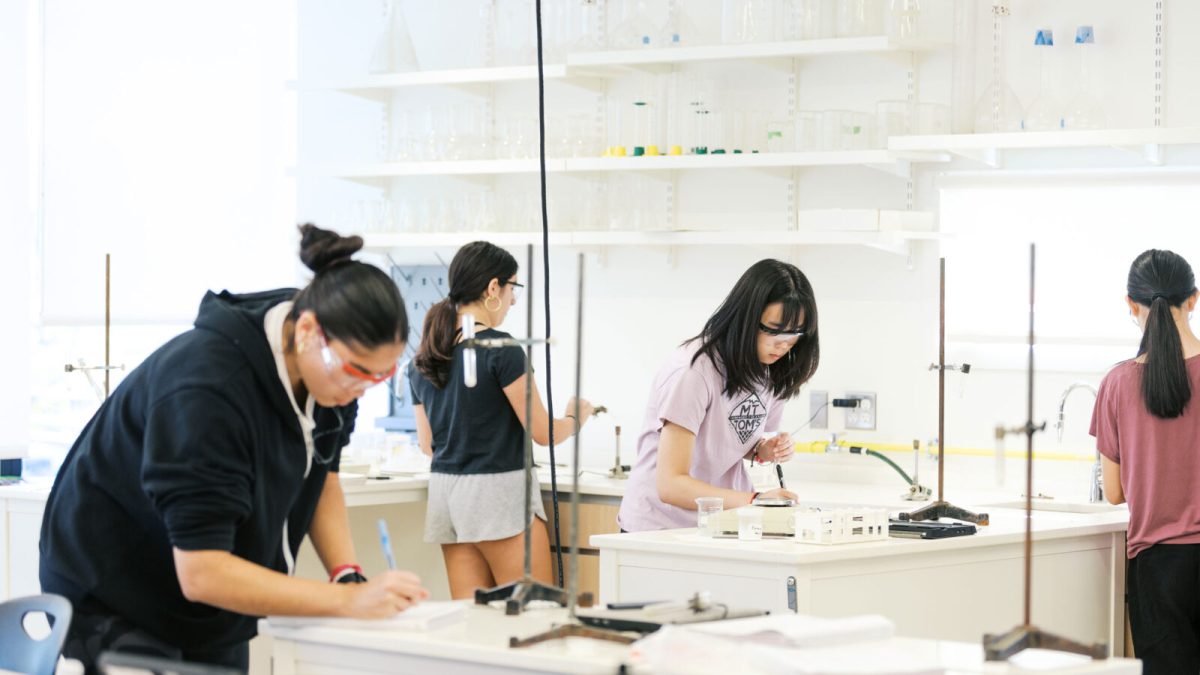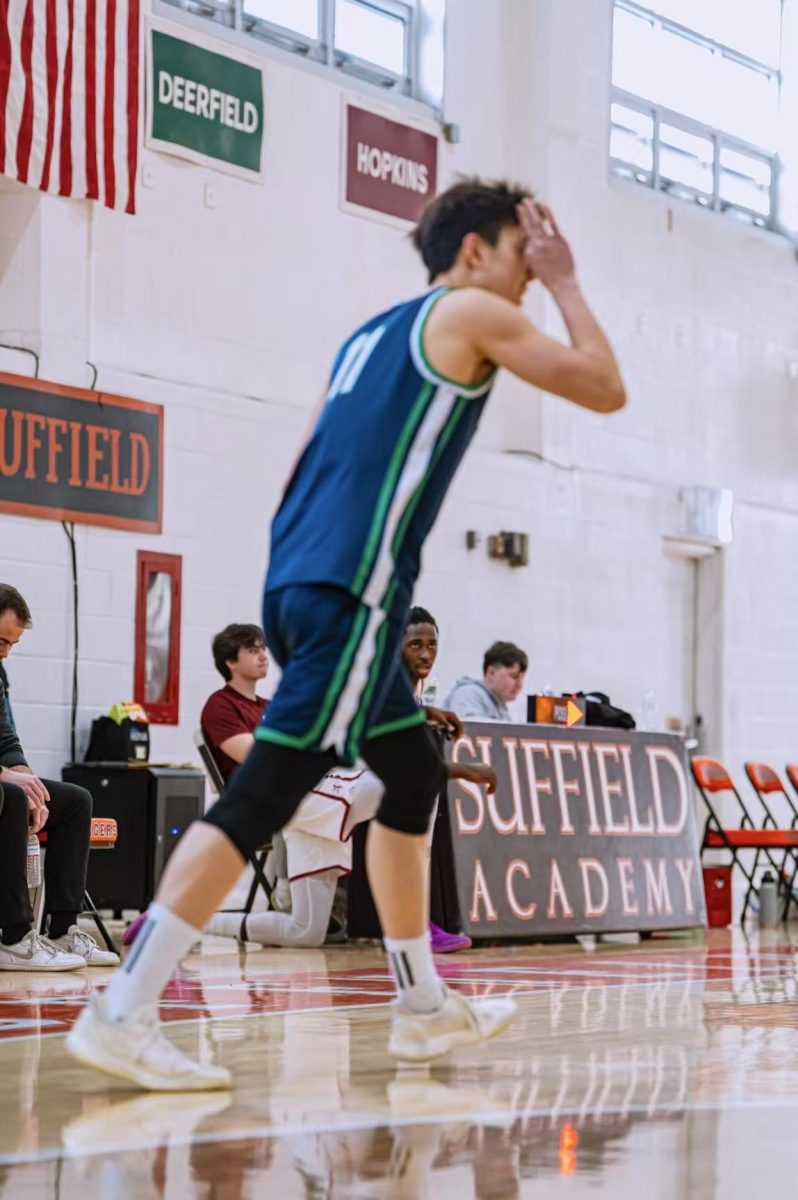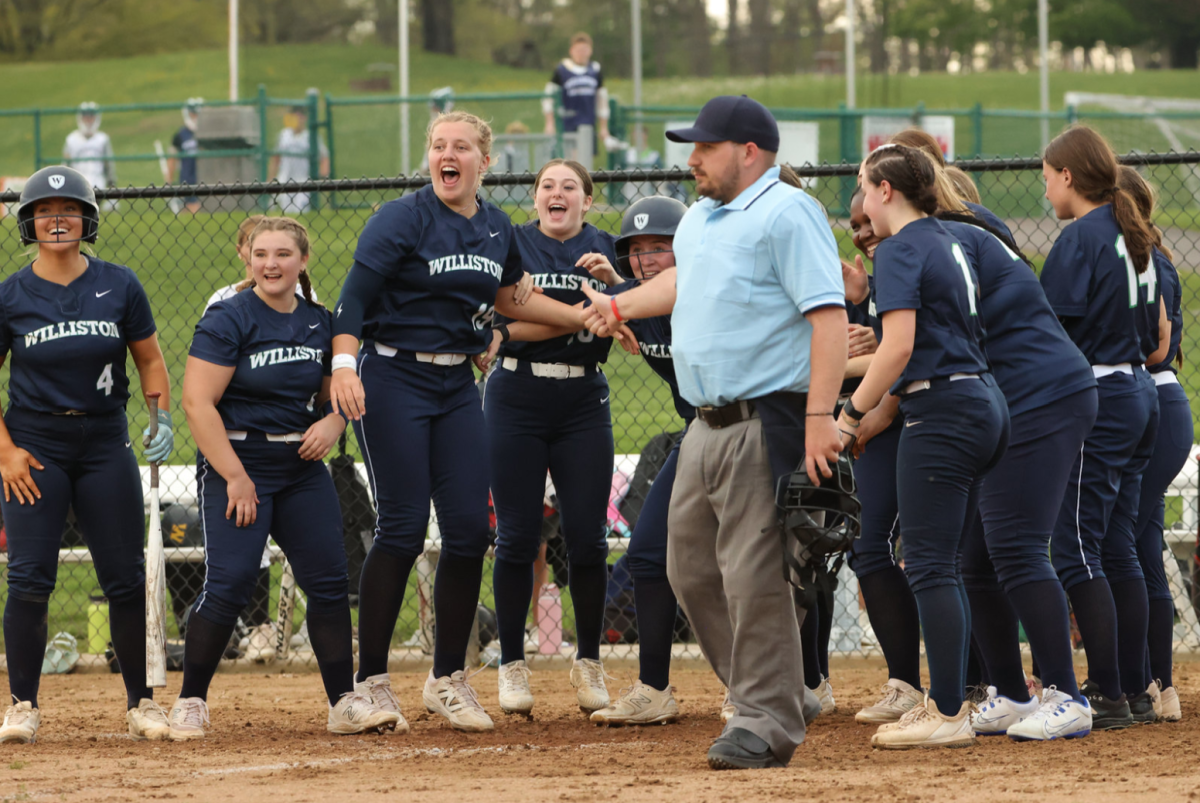The walk to Galbraith, and back to campus after practices and games, is some students’ least favorite part of the afternoon. But it’s not likely to change.
Galbraith Fields, the school’s athletic complex on Taft Ave., is where a majority of the schools athletic programs practice and compete. The area consists of seven grass fields, two baseball fields, one softball field, 10 tennis courts, a track, and one turf field. Getting there, however, requires an approximately two-thirds-of-a-mile walk from Ford, and approximately a half-mile walk from the gym.
After overhearing many teammates complain about the walk for the past two years, I set out to see how the daily situation could be dealt with differently. What if coaches who are driving up towards Galbraith could organize shuttles? What if day students were able to pick up some of their boarder friends and give them a ride?
Both, of course, are difficult requests, since the liability risk is high for the school should there be an accident. How about if the school had bikes, so people could go faster and in a more energy efficient manner? Since some practices, like tennis, soccer, and baseball, start at 3:30 at Galbraith, and it’s often very hard to get there on time after the last class ends at 3:00, bikes could be our solution.
The bikes could be monitored with your Sammy card. This would like the bike rental programs in cities all over the world: instead of paying, a student would use a Sammy card to unlock and borrow the bike. If they didn’t return it, or damaged it, the school would have an accurate digital record of the last rider.
Chris Tanguay, a Boys Varsity Lacrosse Coach, sympathizes with students on their journey to Galbraith, but believes is better to keep the current system in place.
“I think there is just too much going on: people that stop at the trainer or the gym,” he said, citing the logistical challenge of managing where all students are at any given time. “Plenty of schools make kids walk further than we do.”
Willistonian reporters Calvin Klumpp and Betsy Gaudreau contacted their friends at peer schools to see if those students had similar complaints.
At Worcester Academy, in Worcester, Mass., day students are allowed the drive to their athletic facilities, which are a similar distance from the main campus as Galbraith. Students at Westminster School, in Simsbury, Conn., have to walk to their fields which are also a similar distance to Galbraith.
Canterbury School day students can drive, but boarders, if they want to go with them, have to fill out a leave request. Similarly, Millbrook School day students are allowed to drive, but boarders can’t get in the car.
Tanguay supports the rule that prevents day students from driving.
“I agree with the rule of day students not [being] allowed to drive their car to Galbraith, because I think it is not far enough for them to drive,” Tanguay said.
Calvin Klumpp, a senior day student that lives on campus with his family, doesn’t drive to practice, and thinks the walk is manageable and no changes need to be implemented.
“I think people are exaggerating,” Calvin said. “But, I think people should definitely be able to drive to the gym or Galbraith if they have a game or bus trip,” he added.
Students Weigh In on the Walk to Galbraith
0
More to Discover















